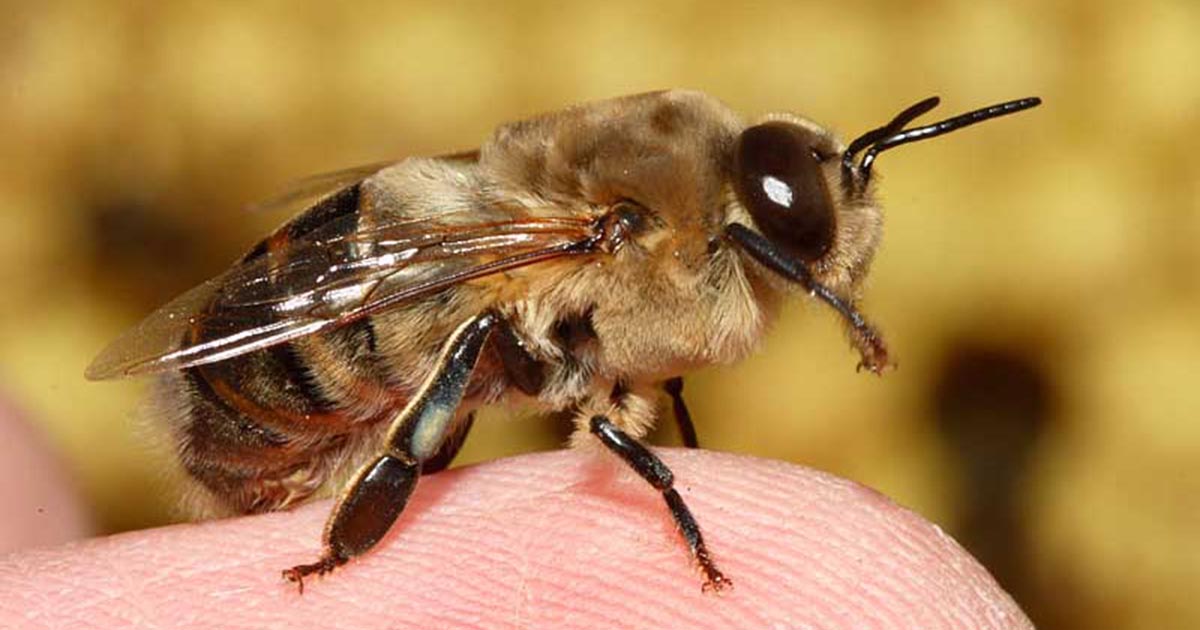THE STORY OF THE BEE
The bee has lived on Earth for at least 15 million years and is considered one of the oldest inhabitants of the Earth that still exists today. It is one of the few species of insects that man tried to exploit seeing that it would have some economic benefit.
BEE ANATOMY
The bee’s brain is the size of a sesame seed. Her body consists of her head, chest and buttocks. On their head there are two complex eyes on the sides and three just on the top. From the part located between the eyes, two antennae protrude, on which various sensory organs are located. The front of the chest has two pairs of membranous wings. The gastric is divided into rings between which are the wax glands. The last of the two rings has the sting. Males called drones have neither wax glands nor stamens.
SOCIAL ORGANIZATION OF BEES
Bees belong to the category of insects that have a clear hierarchy and live in large families inside hives. In every family there is a queen who has a unique mission to ensure the multiplication of the family. It can lay 1500 eggs daily for two to five years. The bee family has some male drones. They make up 10% of the hive and have the sole purpose of fertilizing the queen only once. After the queen is fertilized, the drones die.
Finally, each family consists of thousands of bees, most of which are sterile and are called workers. These are the basic population and have many missions, starting with the creation of food stocks, the cleaning of the hive, the care and treatment of the larvae, the care of the queen, the building of the cells, the collection of food, pollen and the storage of the hive.
The temperature of the hive brood is very important and for this reason the bees maintain the temperature of the hive between 32 and 35 degrees Celsius.
CHARACTERISTICS OF BEES
The bees stand out from each other. The drones are shorter than the drone and the queen and thinner. The queen is longer while the drone is short, thick and dark and has no sting unlike the female and the queen. Queens use their sting only against other queens and it does not detach from their body unlike female workers. Queens and workers come from fertilized eggs while drones do not.
From the same egg it is possible to create a queen or a worker. The differentiation is the result of a special diet that queens receive from the moment they hatch until they are transformed into a perfect insect. They feed exclusively on one pulp, the so-called royal pulp. Royal jelly is in fact a glandular secretion of workers whose exact composition has not yet been determined.




